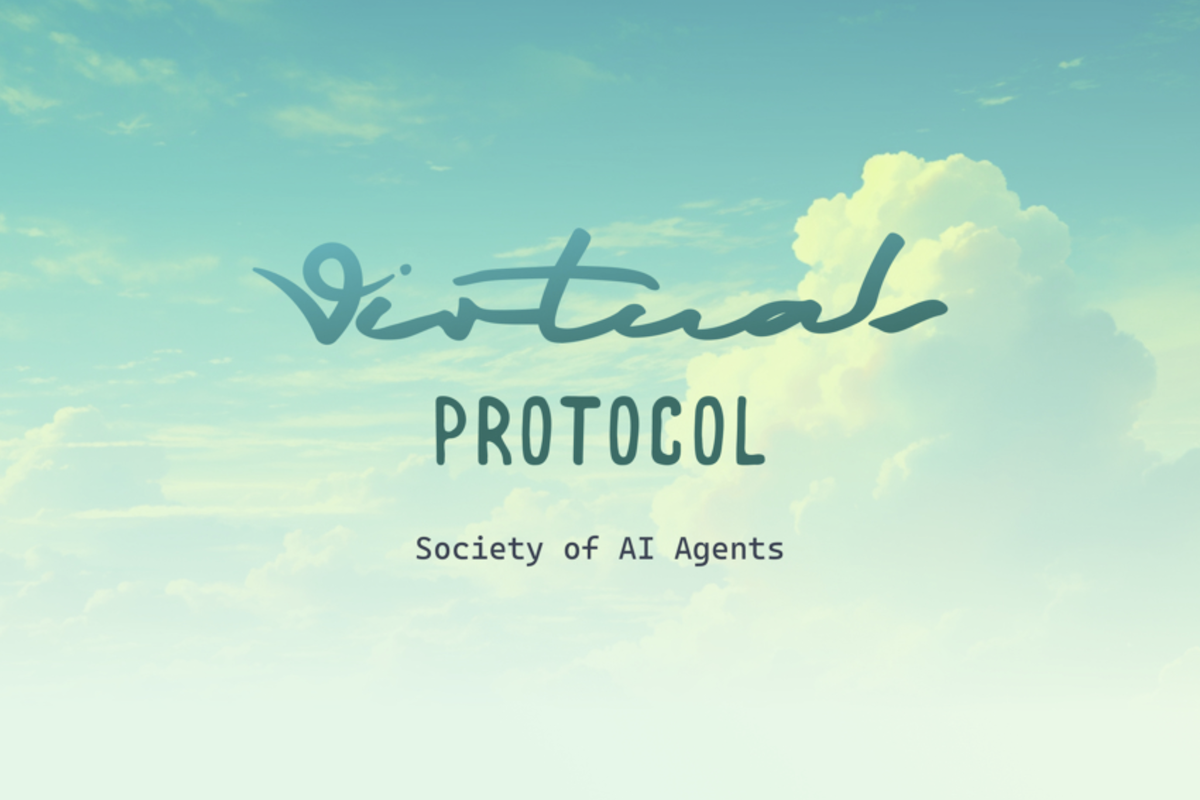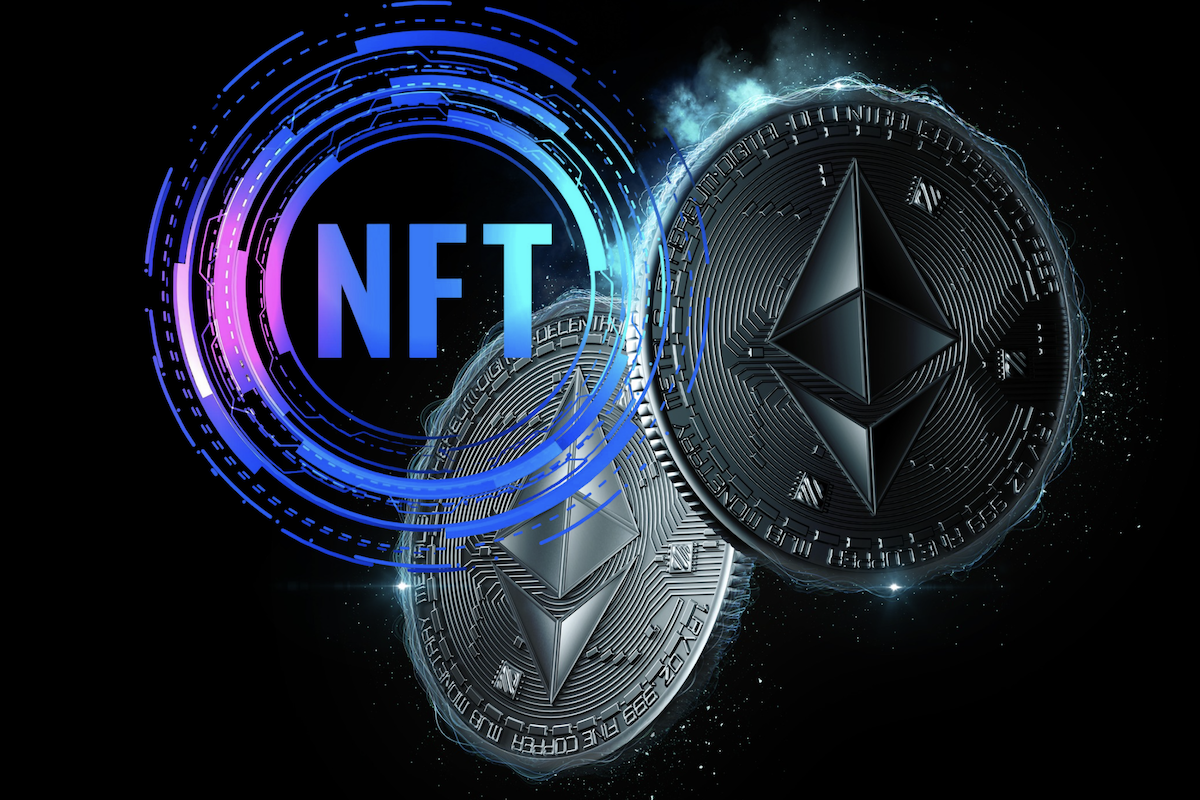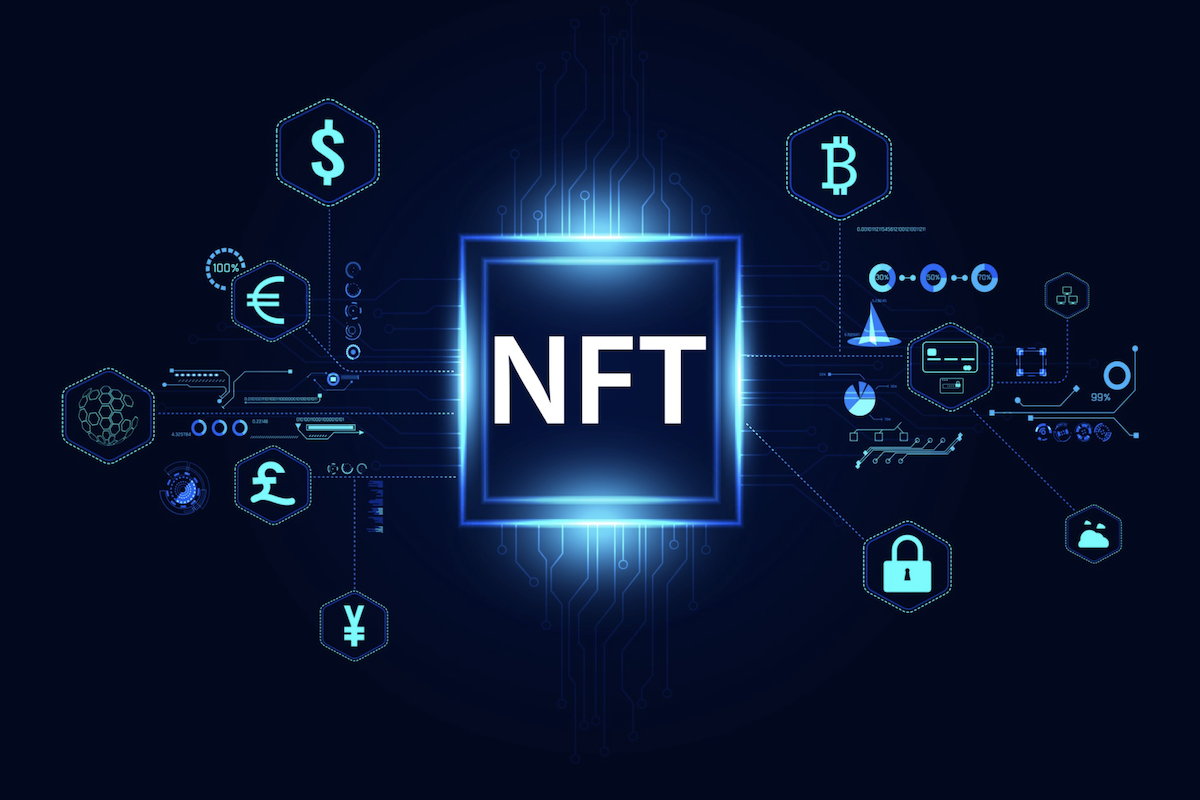Autonomous AI on the Blockchain: Inside Virtuals Protocol
Discover how Virtuals Protocol uses tokenized AI agents to automate services, manage assets, and generate revenue in the Web3 ecosystem.

Autonomous AI agents have moved from theory to reality—and they’re already live on blockchain networks. Virtuals Protocol offers the tools to build, own, and run these agents, giving them the freedom to interact with users, manage digital assets, and even generate income—without needing direct human input.
Key Takeaways
Users can deploy autonomous AI agents across multiple blockchains.
Each agent is tied to an NFT and has its own token for shared ownership and revenue.
Agents can interact in real time, analyze data, trade, and provide services.
Virtuals Protocol operates on Base and Solana, chosen for their speed and low costs.
The VIRTUAL token powers agent launches, payments, and protocol governance.
What Is Virtuals Protocol?
Virtuals Protocol is a decentralized framework for creating AI agents that live entirely on-chain. These agents—called Virtuals—can hold wallets, execute transactions, and make decisions based on their environment. Unlike traditional AI systems locked behind centralized APIs or dashboards, Virtuals are part of the blockchain’s economic fabric.
Each agent is represented by an NFT, that marks its creation and identity on-chain. The functional core, however, is its agent token, which is used for trading, governance, and interaction. This tokenized structure allows agents to participate economically, rather than simply acting as backend services.
How the Agents Work
At the core of each Virtual is the GAME framework—short for Generative Autonomous Multimodal Entities. This architecture blends multiple AI models and input types, so agents can interpret language, respond visually or audibly, and adjust behavior over time. They’re designed to function across a wide range of environments, from social spaces to trading platforms.
Every agent controls its own on-chain wallet, giving it autonomy to collect rewards, pay for services, and distribute earnings. It’s a self-contained system where agents aren’t just interactive—they’re financially active.

Source: Virtuals Protocol
Where They're Being Used
Virtuals Protocol isn’t just theoretical—it’s already being tested in the field:
Entertainment & Streaming: AI personalities like Luna host live streams, interact with viewers, hand out crypto rewards, and accept tips.
Market Research: Agents like aixbt sift through blockchain data in real time, offering insights without manual input.
Trading: Users can launch agents as NFT traders, trade them on marketplaces, and even earn through competition.
Gaming & Metaverse: Agents deliver services in virtual worlds, run micro-economies, and shape player experiences.
These use cases show how adaptable the protocol is across content creation, commerce, and community.
Token Model & Governance
The VIRTUAL token is central to how everything runs. It’s required to launch agents, pay for services, and participate in governance decisions. There’s a hard cap of one billion tokens, with a share allocated to liquidity, circulation, and ecosystem development.
Launching an agent takes 100 VIRTUAL tokens and begins in a prototype phase governed by a bonding curve. Once the curve accumulates enough tokens—about 42,000 VIRTUAL—the agent “graduates” and becomes fully tradable. The term “sentient” is used metaphorically to mark this transition.
After graduation, trading fees are split between creators, affiliates, and governance participants. Oversight is handled by Agent SubDAOs, where validators review agent quality and LPs stake tokens to support governance.
Accessibility
One of Virtuals Protocol’s strengths is how easy it is to get started. You don’t need to code or understand blockchain mechanics. Simple tools walk users through launching an agent, from prototype to production.
Running on Base and Solana means fast transactions and low fees—an important factor for anyone looking to experiment or scale without worrying about cost.
What Could Go Wrong?
Autonomous agents offer new possibilities—but they’re not without risks. Bugs, exploits, or unexpected behaviors could lead to real financial consequences, especially when agents manage on-chain assets.
There’s also the question of accountability. As these agents become more lifelike and autonomous, ethical and legal gray areas emerge. Oversight and community governance will be key.
Why It Matters
Virtuals Protocol sits at a critical crossroads between AI and blockchain. It doesn't just add automation to Web3—it introduces independent economic actors that can learn, adapt, and grow within decentralized systems.
For newcomers, it offers a hands-on way to explore AI and NFTs. For advanced users, it introduces shared governance, smart monetization, and a sandbox for innovation.
In the bigger picture, systems like Virtuals could shape a future where much of the work—research, trading, content, and even entertainment—is handled by AI agents that operate with little human oversight but strong community direction.





